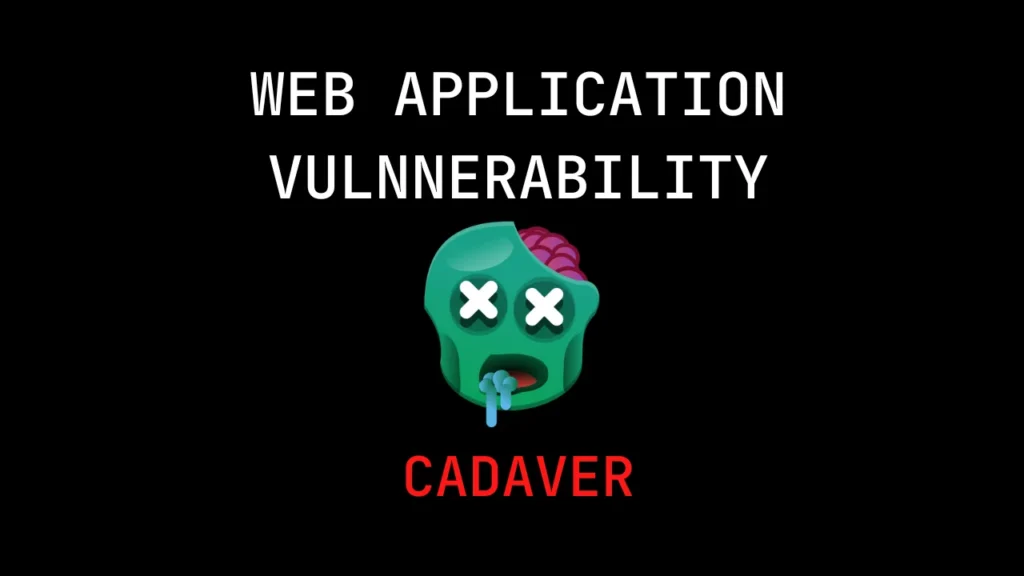Introduction
In this post, You will learn what is cadaver and how it works below is the video format of the post, Do check that also 👇🏾
Video
What is cadaver
Cadaver is a command-line tool that allows users to perform HTTP requests from the terminal.
It is particularly useful for testing and debugging web applications. As it allows developers to send HTTP requests and examine the responses without the need for a graphical user interface.
One of the key features of Cadaver is its support for a wide range of HTTP methods, including GET, POST, PUT, and DELETE.
This makes it easy to test the different endpoints of a web application. See how it responds to different types of requests.
Cadaver also has a number of other useful features, including the ability to set HTTP headers, handle cookies, and follow redirects.
It can also be used to send data in the body of an HTTP request, which is useful for testing APIs and other web services.
To use Cadaver, simply install it on your machine and then use the command-line interface to send HTTP requests.
The tool is highly customizable and can be tailored to your specific needs. For example, you can use command-line arguments to specify the HTTP method and the URL.
Advertisement
Also Read: What is Paros? How it works
Who Developed Cadaver Tool
The tool was developed and still maintained by joe Orton and who seems to be a red-hat engineering manager.
How to use cadaver
Step 1: Cadaver is a command-line client for interacting with web servers via the WebDAV protocol. To use a cadaver, you will need to install it on your system. On a Debian-based system, you can install cadaver using the following command:
sudo apt-get install cadaver
Step 2: Once the cadaver is installed, you can use it to connect to a WebDAV server by running the cadaver command followed by the URL of the server. For example:
cadaver https://example.com/webdav
This will open a cadaver prompt, where you can enter commands to interact with the WebDAV server. Some common commands include:
ls: List the contents of the current directory on the servercd: Change the current directory on the serverput: Upload a file to the serverget: Download a file from the servermkcol: Create a new collection (directory) on the server
For a complete list of commands, you can type help at the cadaver prompt.
Note: Some WebDAV servers may require authentication. If this is the case, the cadaver will prompt you for a username and password when you connect to the server.
Step 3: For an example purpose let me add a file using cadaver to metasploitable-2.
I have found a possible URL in metasploitable to upload the script and here is what i did take a look at the below image.

Conclusion
In my opinion, cadaver is a awesome tool and very similar to the uploading script using python. Above is a video format of the post, Do check it out …
Also Read: Paros proxy full tutorial


